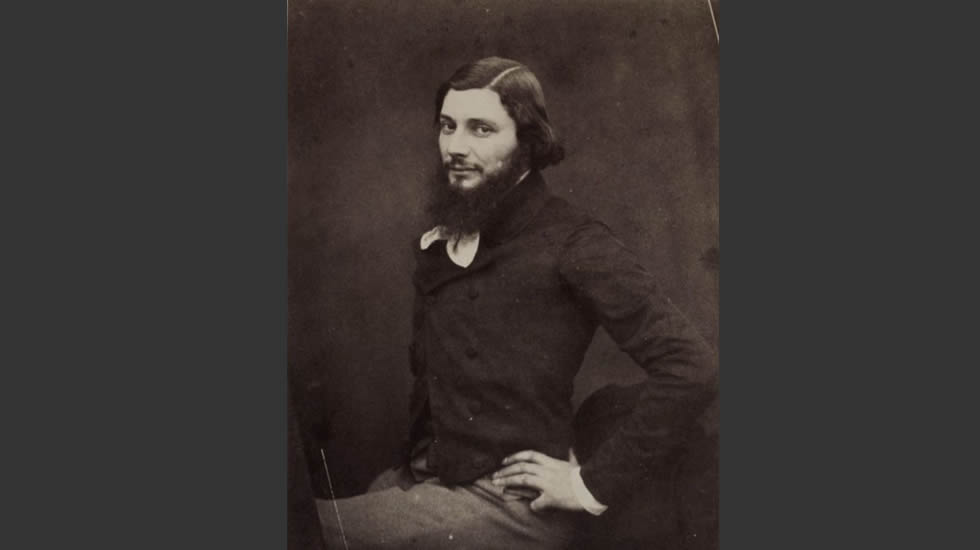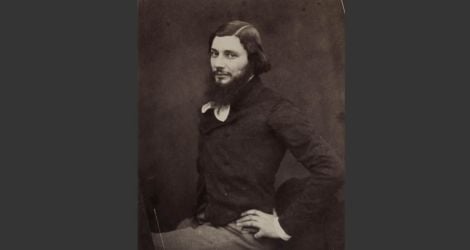Courbet oil painting reproductions hand-painted on canvas
Massively Talented Artist — Fantastically Accurate Replica
Oil paint on Cotton Canvas — Exclusive Customer Services

Massively Talented Artist — Fantastically Accurate Replica
Oil paint on Cotton Canvas — Exclusive Customer Services


In the middle of the 1800s, Gustave Courbet was a key figure in the rise of realism. He didn't like the traditional or dramatic styles of the French Academy. Instead, he focused on the physical reality of the things he saw, even if that reality was plain and imperfect. He was a strict Republican, and he saw his Realism as a way to help the farmers and other people from the country around his hometown. He was famous for how he dealt with the political changes in France during his lifetime. Furthermore, he died in exile in Switzerland after being found to be responsible for the cost of rebuilding Paris's Vendome Column. However, historians now also see his work as a key precursor to the work of early modernist artists like Édouard Manet and Claude Monet.
Courbet's Realism was part of the scientific study of the physical world in the 1800s. But his own work went against the rules of the French Academy - he didn't favor Classical or Romantic styles, instead creating history paintings from everyday scenes of rural life, and gaining a lot of attention for it. During the 1871 Paris Commune, he stopped drawing to work in the government, and his art wasn't overtly political but spoke of his own left-wing ideals of equality. His compositions were different - often looking chaotic and rough, and he painted thickly in broken bits and slabs - which modernist artists after him admired. He was also the first artist to hold a solo exhibition as a private business, which other rebellious artists were inspired by.